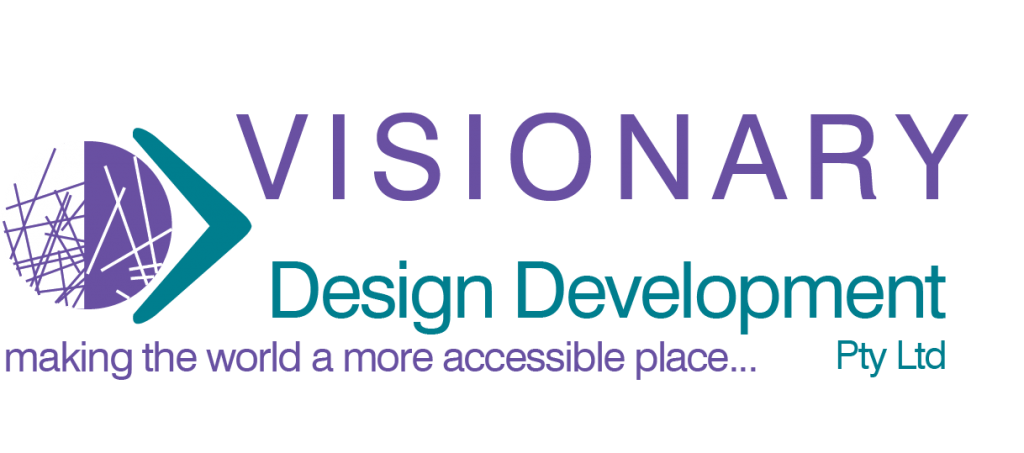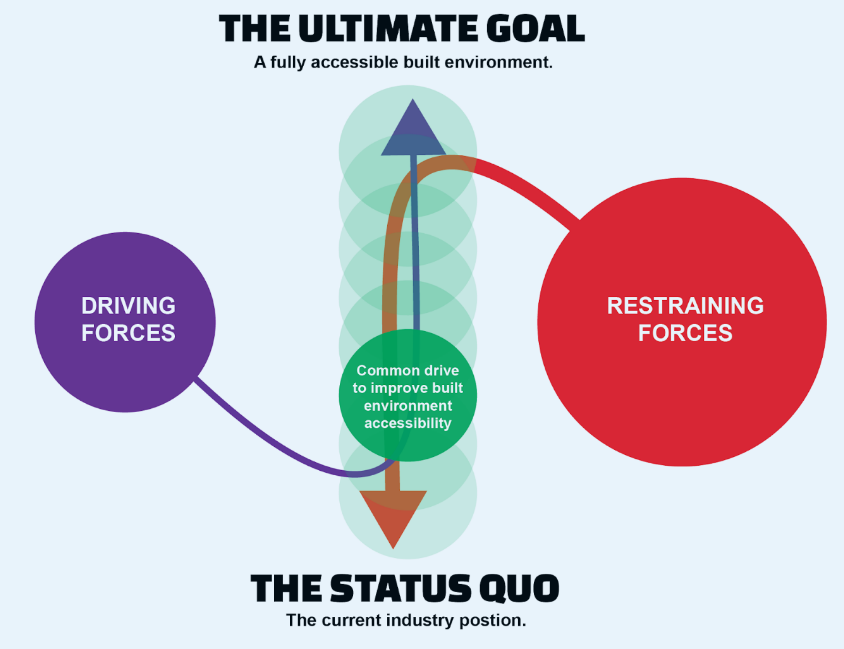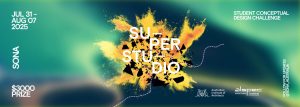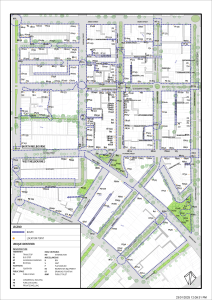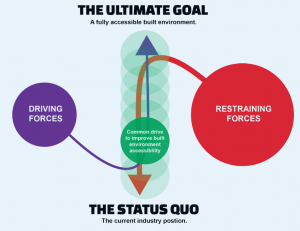Recently Saumya and Mary Ann co-authored a paper with Nicole Mechkroff titled Reframing the Built Environment Practice: Towards an Accessible City. This has now been published in the Journal of Public Space Special Issue Universally Accessible Public Spaces for All.
Abstract
As practising architects in Victoria, Australia, we have observed significant, systemic industry failure, impeding the development of accessible and inclusive cities. Contemporary built environment design practice and design values push ‘accessible design’ to the margins, often considered as an after-thought and only in terms of technical and regulatory compliance. Built environment practice needs to be challenged into deeper ways of thinking – ones that stimulate professional discourse and heighten industry awareness of both its control over built environment accessibility outcomes and, critically, its accountability in serving the public good.
Cities invariably comprise neighbourhoods. To begin to understand built environment inaccessibility at the neighbourhood scale, the built environment mindset must change to properly engage with complex, socio-ecological, public-realm (public space) built environments. Design practice must improve its neighbourhood site analysis approach, going beyond private, contractual site boundaries and immediate physical surrounds, to understanding end-user experiences, neighbourhood journeys, and the broader scale of (in)accessibility. Industry attitudes, practice approaches and the way disability is positioned by industry must change to embrace processes that necessitate diverse actors working together across multiple disciplines and sectors with people with disability being core actors in decision-making.
We believe that opportunities exist in building industry interest and capacity. Research-informed built environment practice embracing systems-thinking, human rights-based approaches, and transdisciplinarity can be effective for aggravating industry change and the way industry positions disability. This paper adopts an analytical, collaborative autoethnographic approach, examining case studies of neighbourhood-scale accessibility assessment, outputs from activities questioning why built environment practitioners believe inaccessibility exists, and self-reflection on 10 to 35+ years of working in architectural practice. Importantly, this paper argues that in working towards achieving universally accessible public spaces for all, built environment practitioners, and architects in particular, must accept accountability for the impact of their actions on people with disabilities’ lived experiences.

